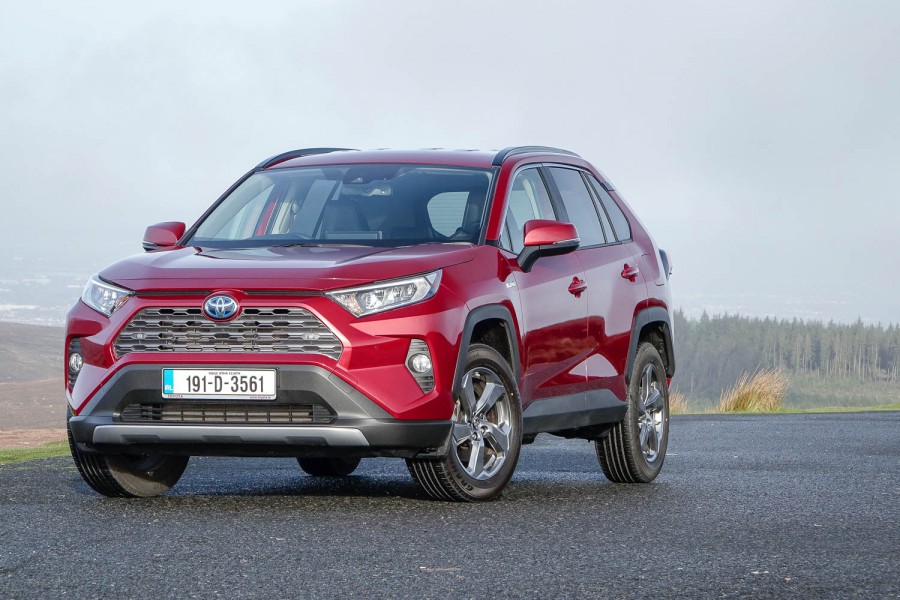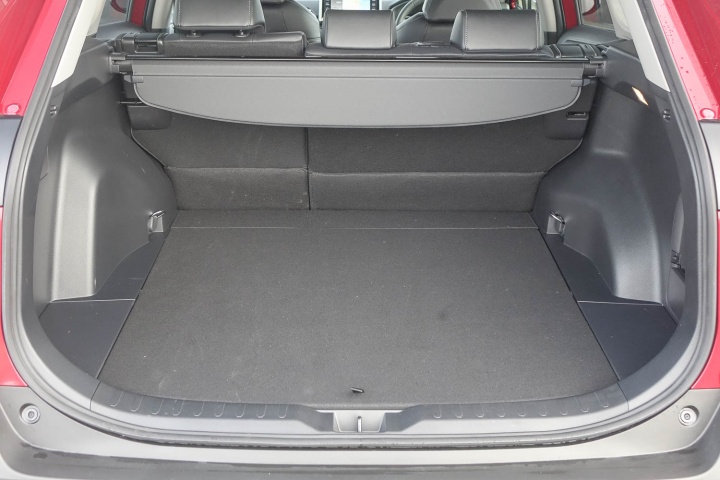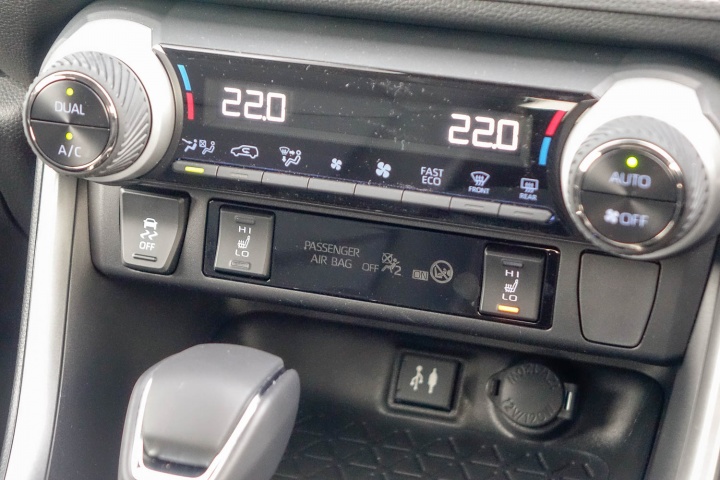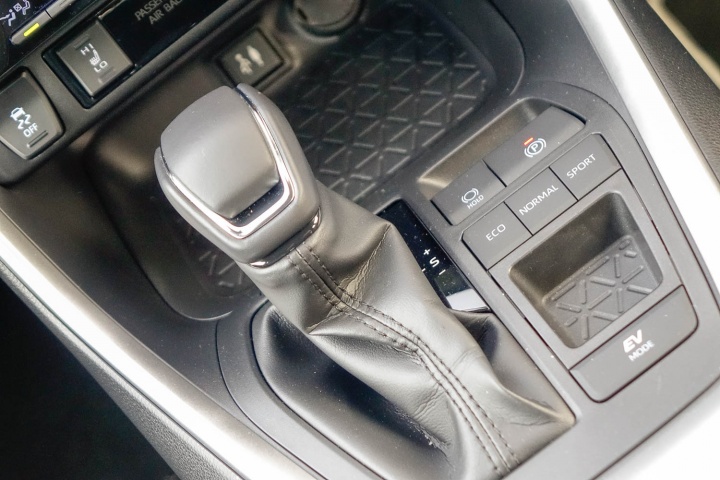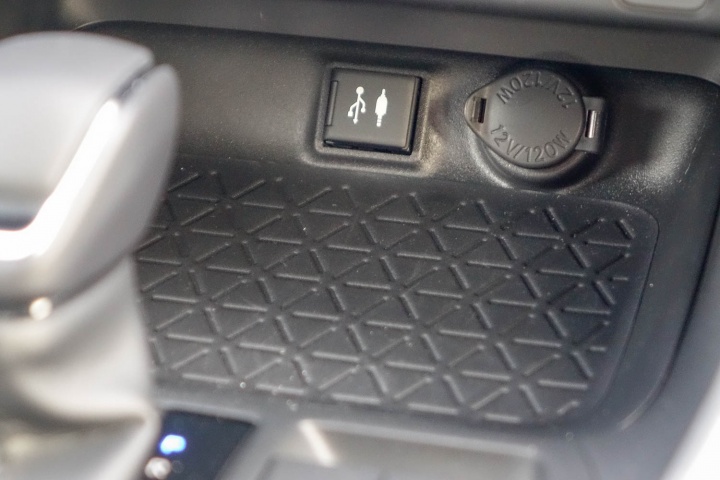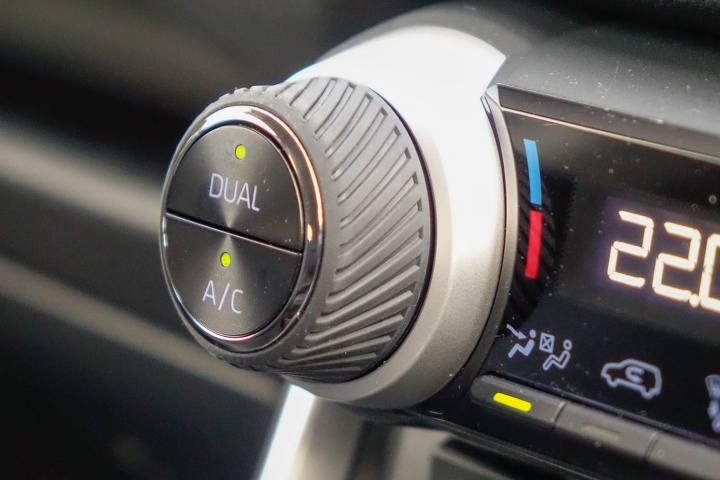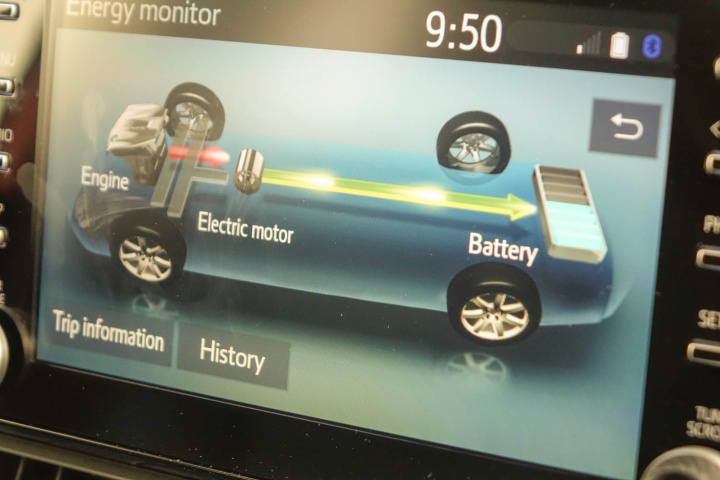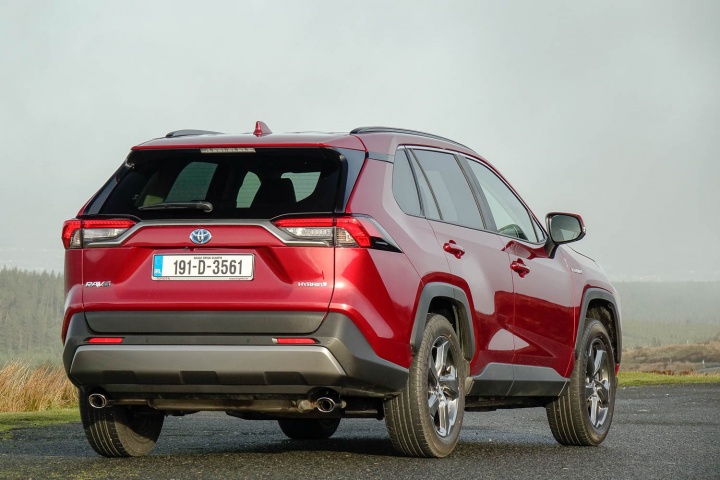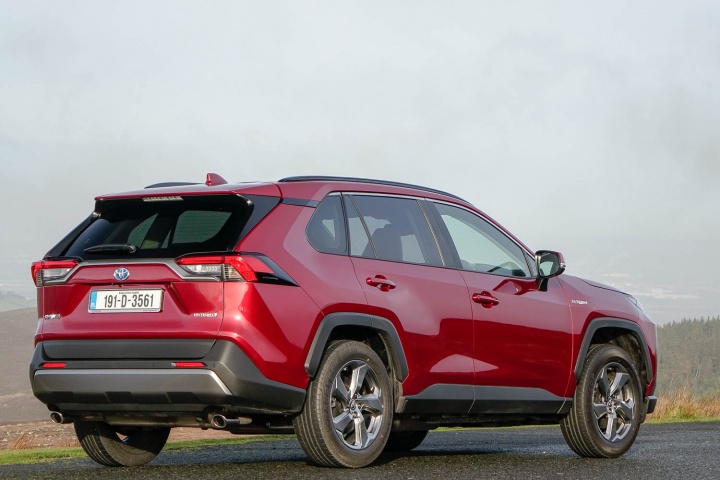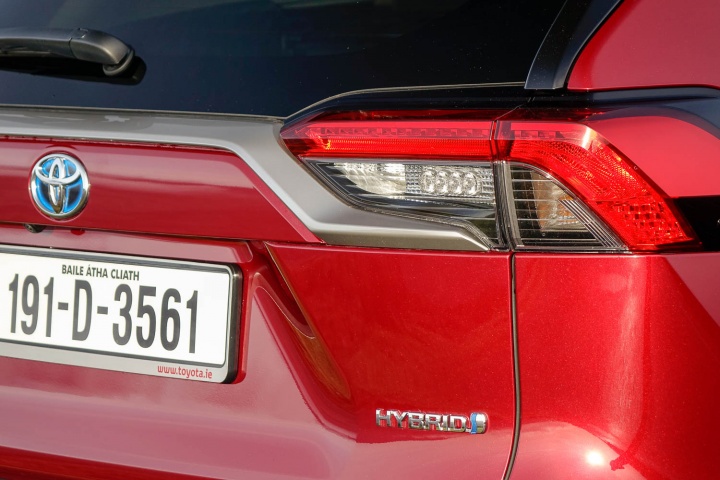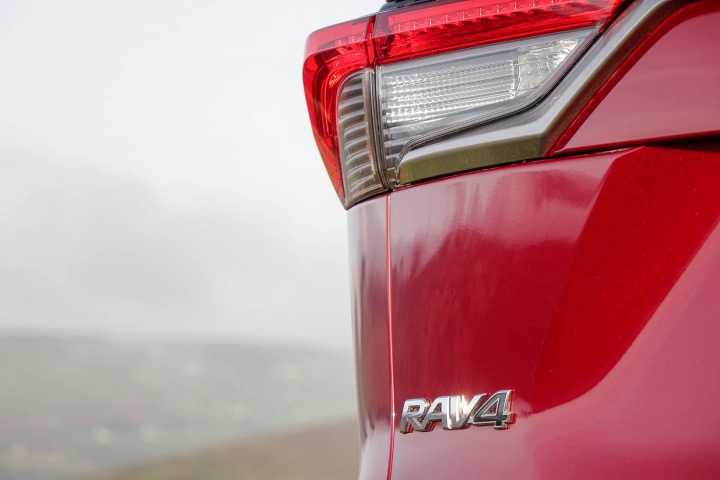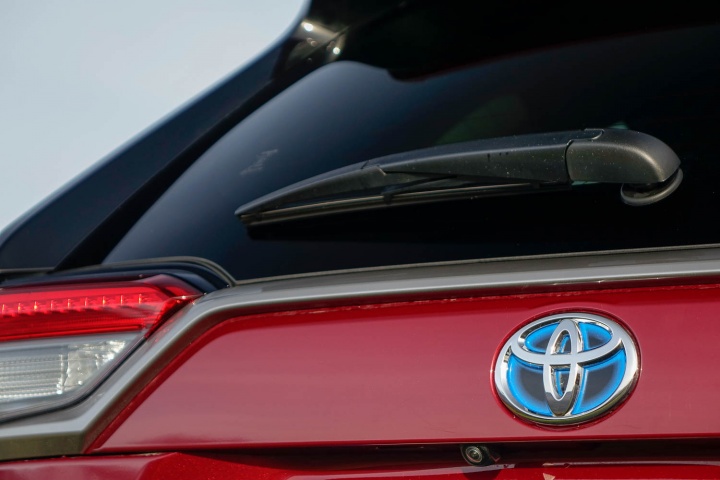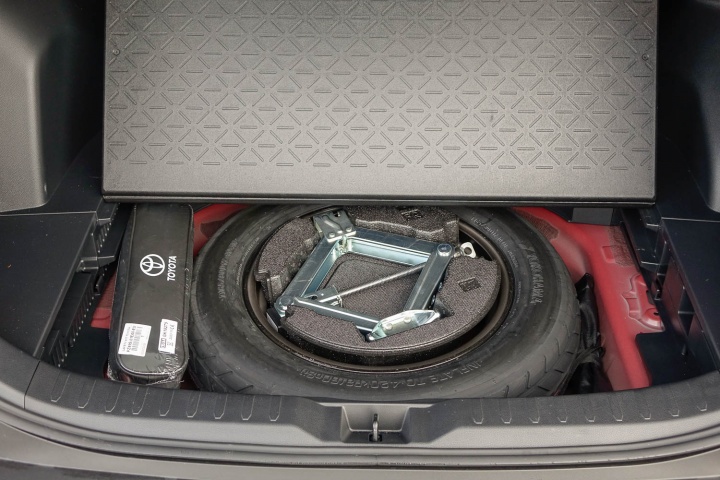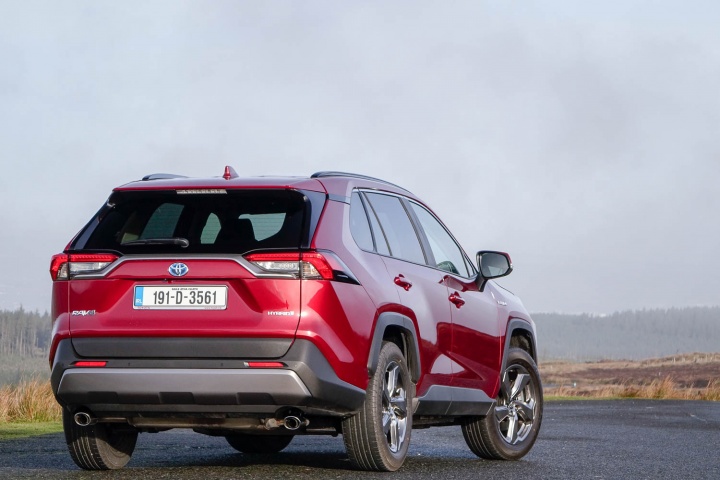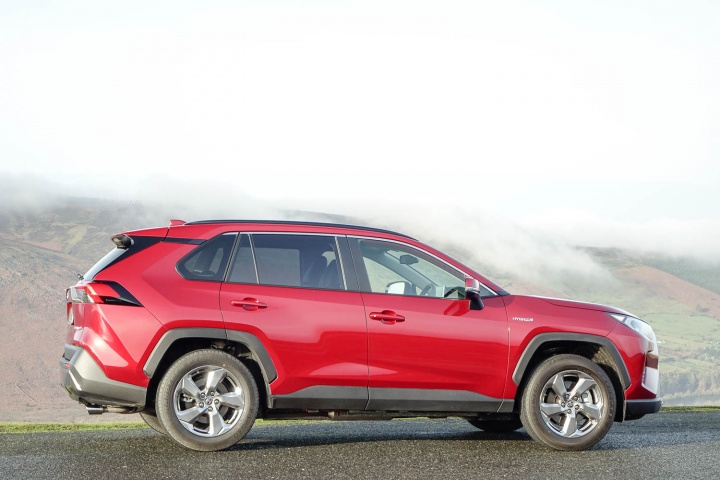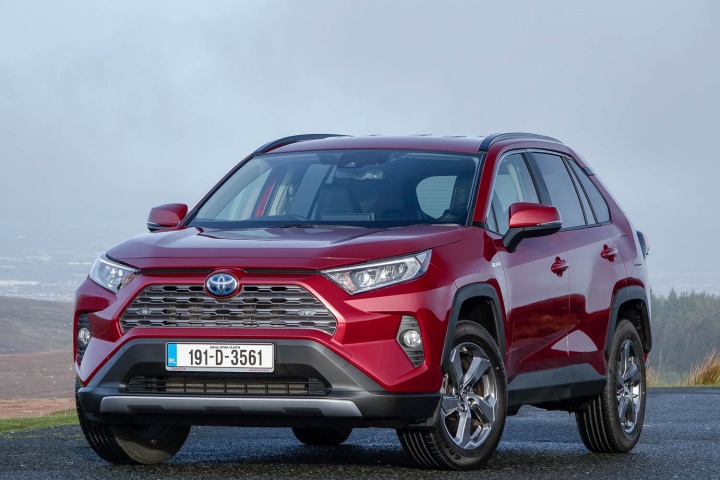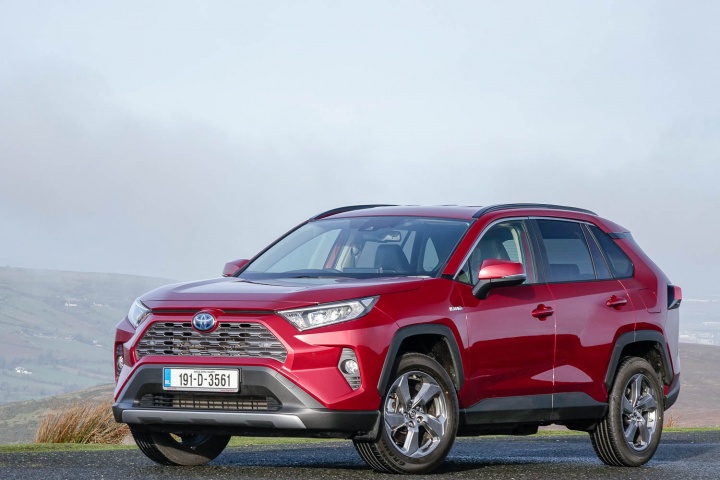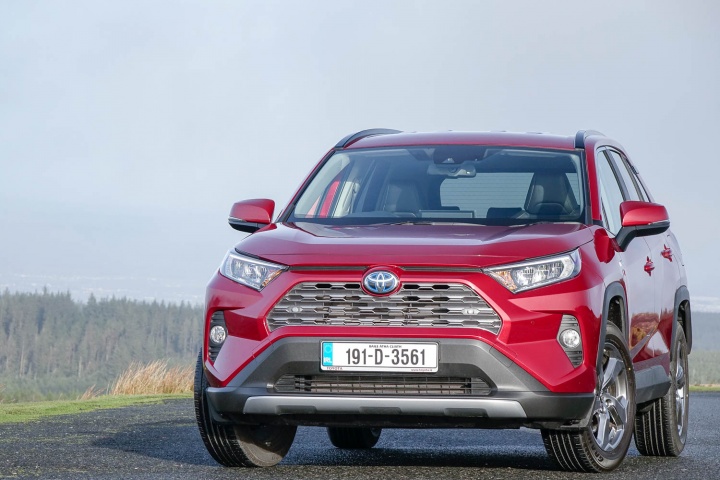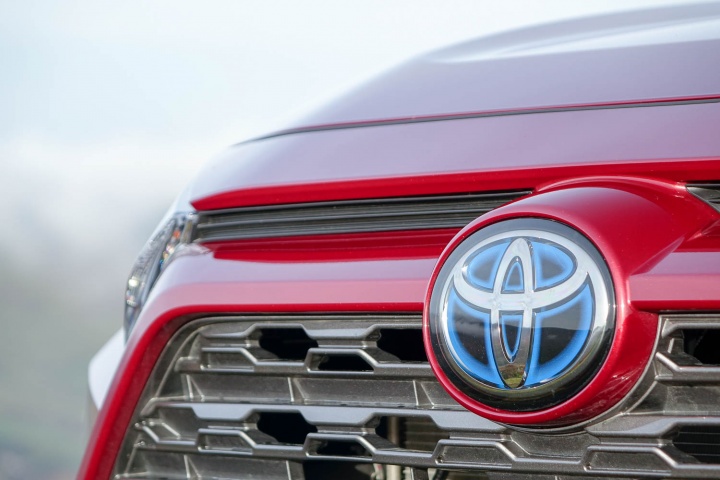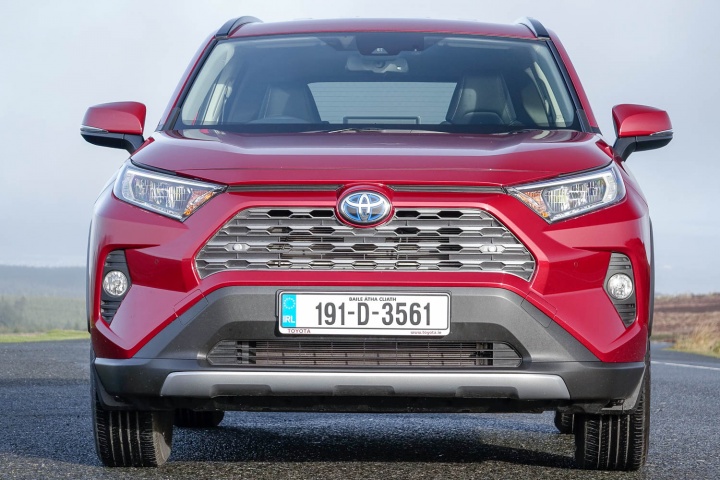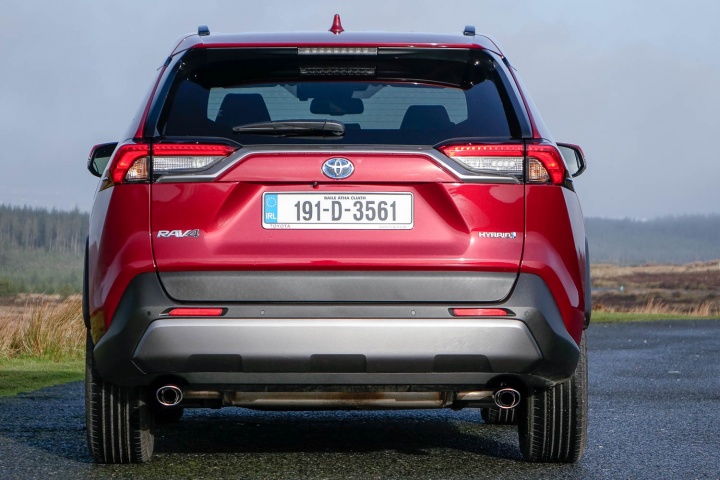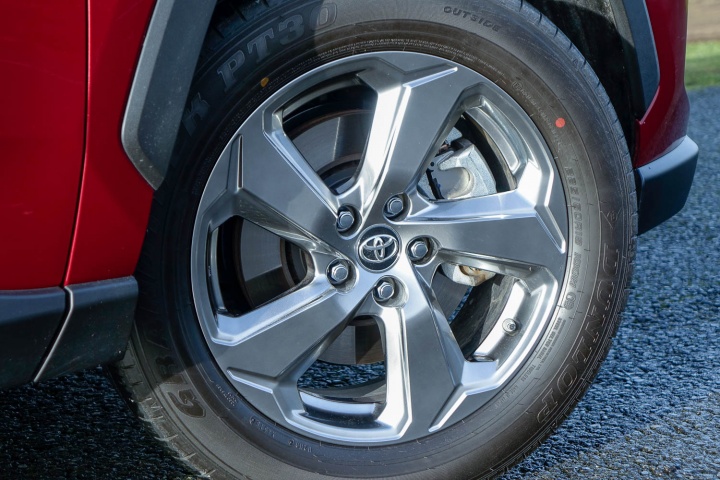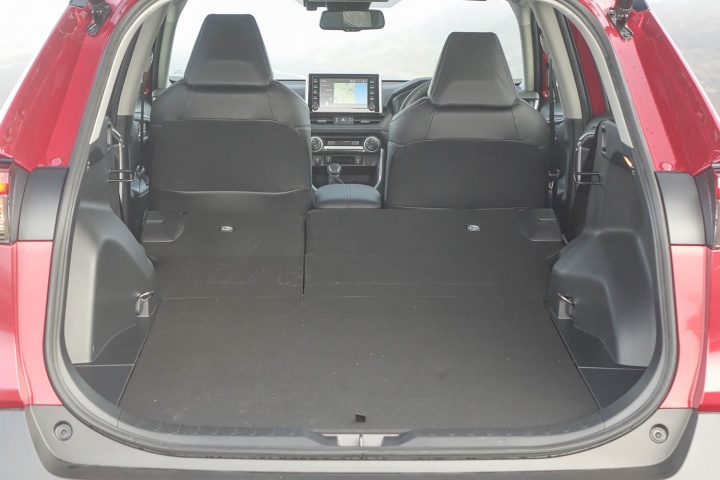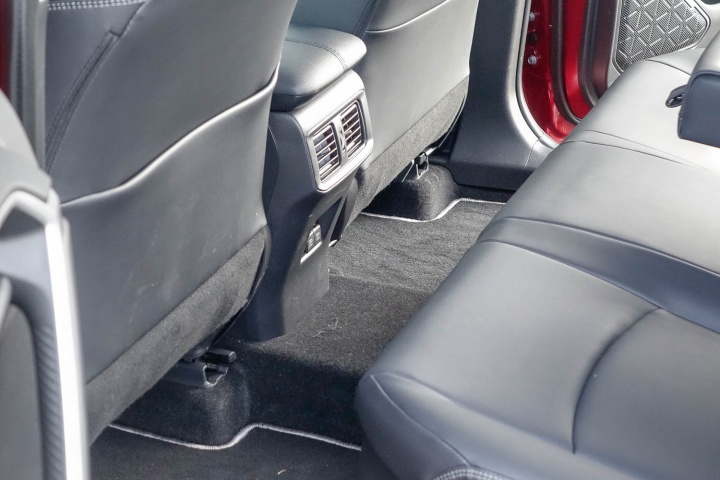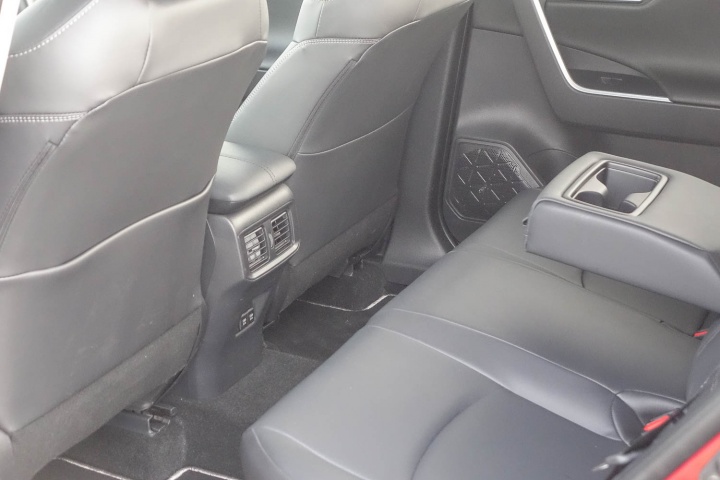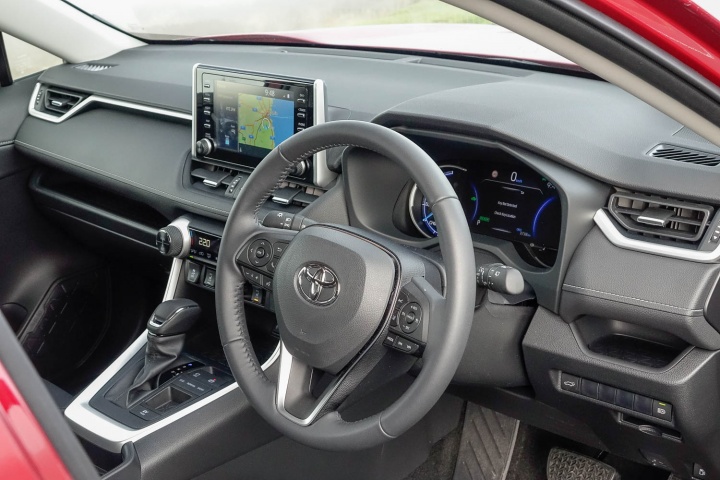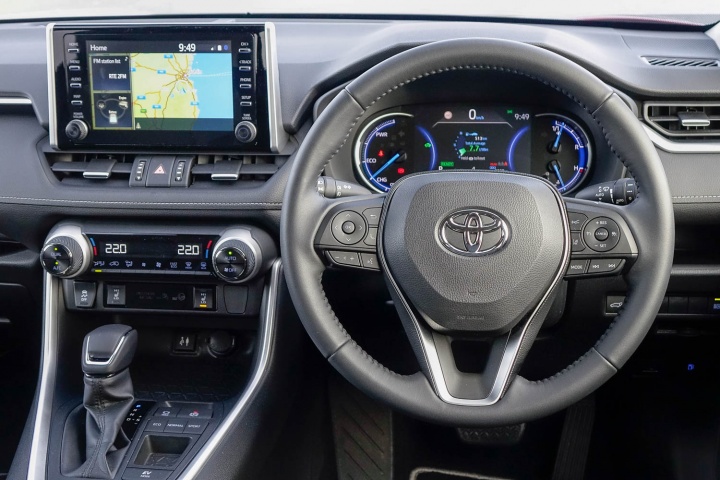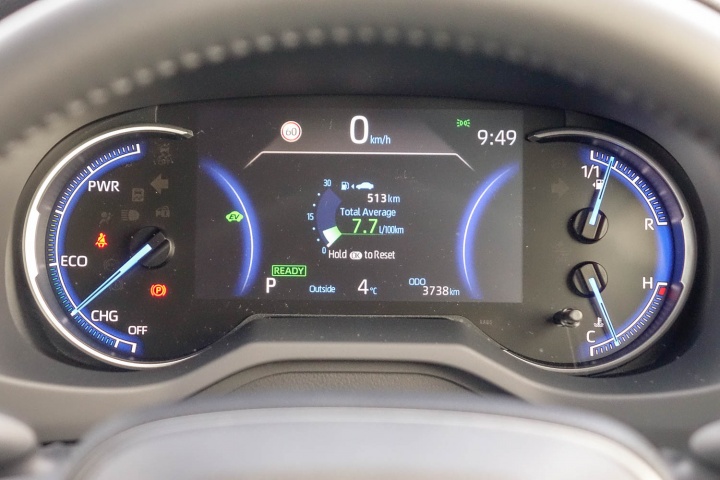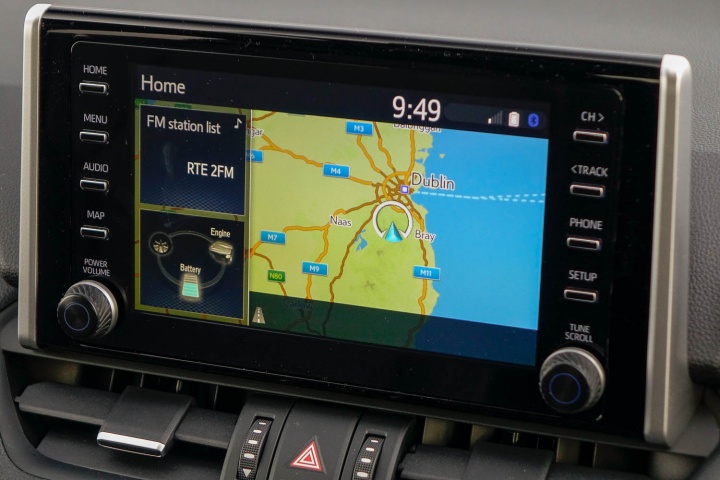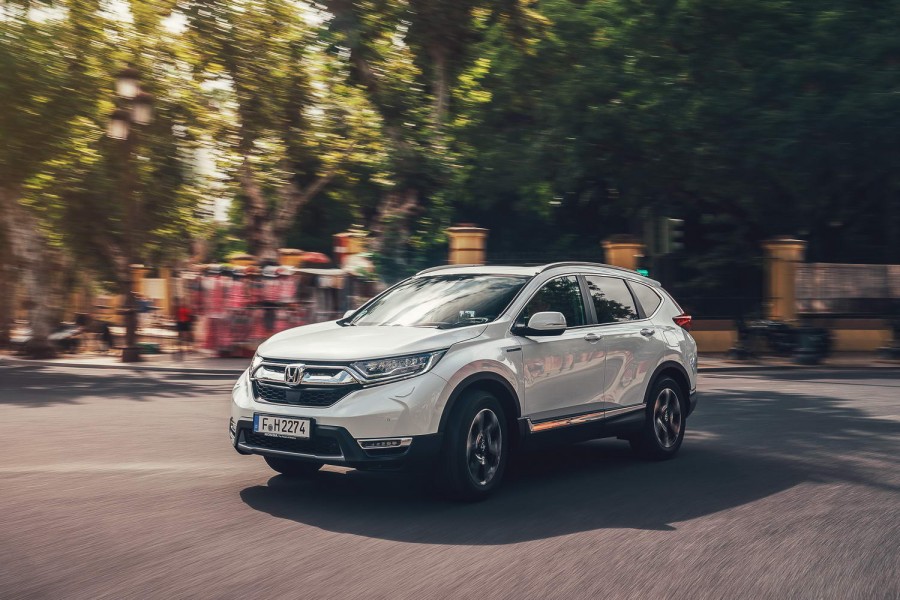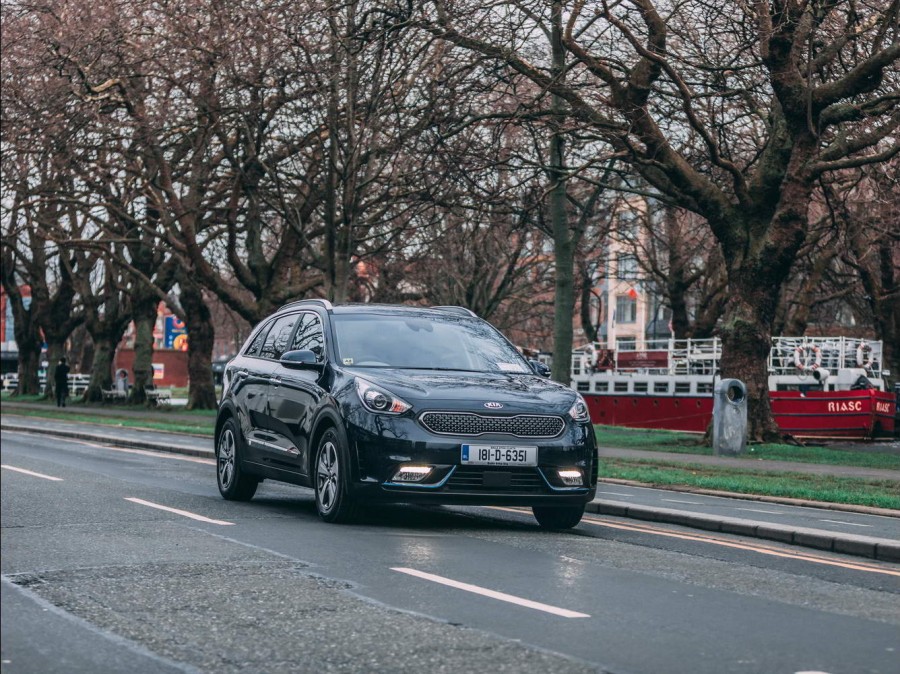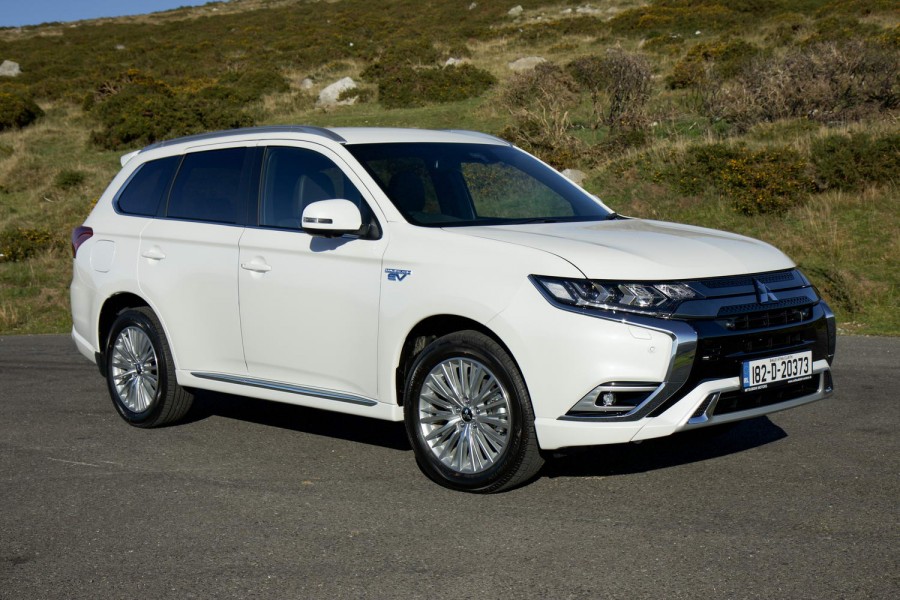What are you driving?
This is the fifth generation of the Toyota RAV4, a car that arguably was one of the first to marry 4x4 ruggedness with everyday usability in a relatively compact package. The latest model replaces a reliable, but staid-looking car with something that's far edgier and more interesting looking. What's more, it's built on the TNGA platform, which, as we've already discovered with plenty of other recent new Toyotas, means it should be good to drive and of high quality. The RAV4 remains a five-door SUV with a large boot.
In Ireland, the RAV4 is offered solely with hybrid power. That hybrid system is not a plug-in set-up, so Toyota refers to it as 'self-charging'. Most of the power comes from a 2.5-litre petrol engine, and that's assisted by a modest electric motor, which itself takes power from a nickel-metal hydride battery. Hence, electric-only running distance is quite limited, even if Toyota reckons the car can run in zero emissions format for more than 50 per cent of the time in an urban setting. It dips in and out of that so it's not easy to quantify that claim on the go. Regardless, it's worth remembering that the energy for running in EV mode comes from charging up the battery pack from the engine - or from energy recuperation when slowing down, so it's not 'free' power as such.
There is a four-wheel-drive version of the RAV4 on the market, but here we test-drive the two-wheel-drive variant. At the time of writing, pricing starts at €35,900 (including a €1,500 VRT rebate for hybrids), for the RAV4 Aura. The other trim levels are called Luna, Sol, Sport and Platinum. Our test vehicle is the Sol model, which, for €39,590, adds satnav, a larger (eight-inch) touchscreen, voice recognition, upgraded instrumentation, heated front seats, 18-inch alloys, rear privacy glass, keyless entry and start, auto wipers, a powered tailgate, front and rear parking sensors and plenty of trim and aesthetic upgrades to the entry-level model's equipment list.
There are loads of similarly sized SUVs on the market around the €40,000 mark, including the Audi Q3, BMW X1, Ford Kuga, Honda CR-V, Hyundai Tucson, Mazda CX-5, Mitsubishi Outlander, Nissan X-Trail, SEAT Ateca and Volkswagen Tiguan, but very few of them have a hybrid option as yet. Which actually gives Toyota the opportunity to steal sales from rivals that only have petrol or diesel offerings.
Name its best bits
I like that Toyota has made the RAV4 more interesting to look at and I love its 'scowling' front end. Be careful with the colour and specification choices though, as they're important to the finished product. For example, I really don't like the 'Tokyo Red Pearlescent' paint on our test car, nor the shiny finish on the (otherwise attractive) five-spoke alloy wheels.
The interior should receive universal approval, though, with its high sense of quality and space. The Sol model's upgraded touchscreen and instruments look and work very well, while I also like the textured rubber theme to some of the controls and surfaces. Makes a nice change from plastic. The rear seating is spacious too and comes with a completely flat floor all the way across. Not many cars of this size have that.
For the most part, the engine is quiet and smooth, and it has adequate power. It's particularly good around town, but not bad at all on a fast motorway cruise. Only when you ask for full acceleration or you're climbing a steep hill do the revs and noise levels rise. The RAV4 seems to have a chassis tuned more to comfort than engagement, though it's a good all-rounder rather than noticeably brilliant one way or the other.
In terms of economy, without making any attempt at frugal driving, and taking into account a wide variety of road types in my week with the car, we saw an average of 6.6 litres/100km.
Anything that bugs you?
I really really really dislike the appearance of the exhaust outlets at the back of the RAV4. To me, they look like a tacky afterthought and would be best hidden away or integrated with the bumper.
And why have you given it this rating?
The RAV4 looks better than ever and has an impressive cabin to back that up. Its hybrid system offers a really compelling alternative to diesel power and it's generally quite pleasant to drive and be in. Nonetheless, the RAV4 is competing in a tough sector full of desirable cars, even if it is one of the few hybrid options offered.
What do the rest of the team think?
The new RAV4 is something of a surprising departure from its predecessor. It's very much a proper 4x4, both in style terms and, if you get the all-wheel-drive version, in how it copes off-road. On-road, I'd like to see a little more of the chassis sparkle of the new Toyota Corolla, but the high quality interior and ever-improving hybrid system are definite high notes.
Neil Briscoe - Editor-at-large

